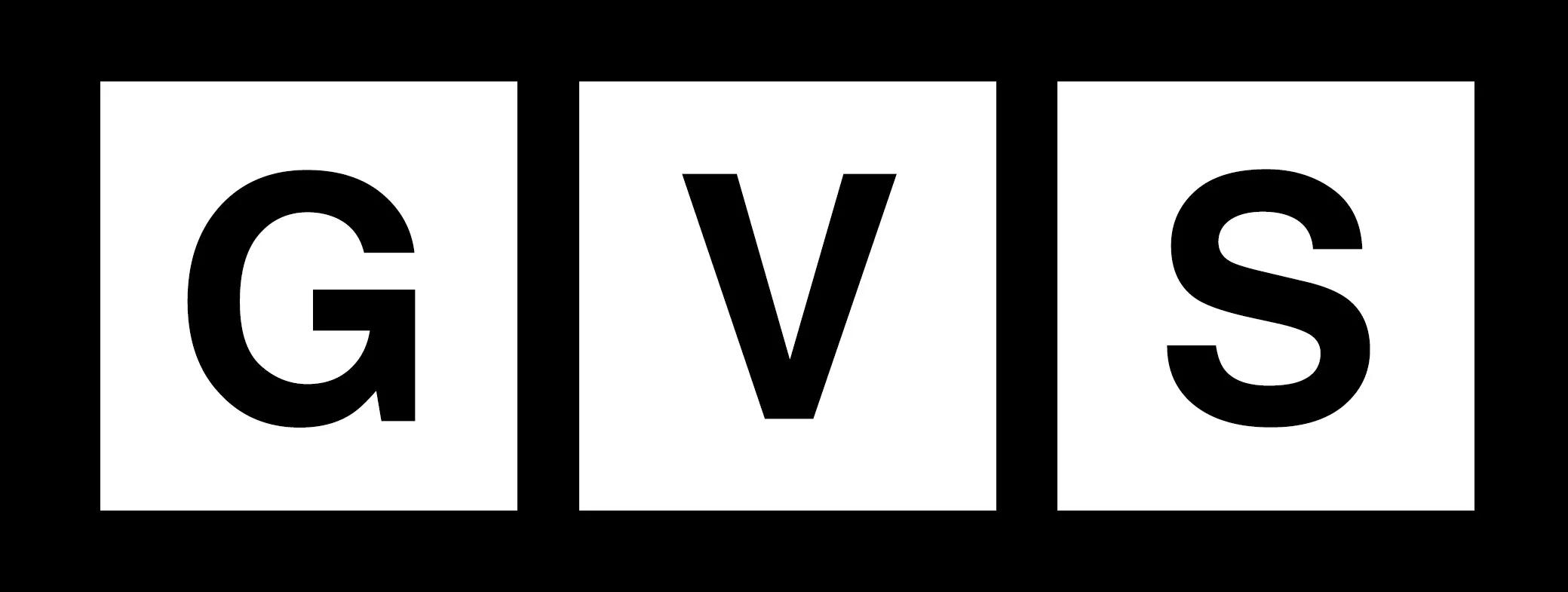In a surprising turn of events, the number of Americans filing for unemployment benefits has dipped to its lowest level in four months, signaling a potential shift in the labor market landscape. According to the latest report from the Labor Department, jobless claims decreased by 12,000, landing at 219,000 for the week ending September 14. This figure not only defied economists’ expectations of 230,000 new filings but also suggests a resilience in the job market amidst rising interest rates.
For several months, weekly unemployment claims had been on a gradual rise, a trend that many analysts attributed to the tightening grip of high interest rates on the economy. As these rates climbed, they began to exert pressure on businesses, leading to fears of increased layoffs. However, this latest drop in claims may indicate that the labor market is finding its footing, even as the Federal Reserve has recently shifted its focus from combating inflation to supporting employment.
In a pivotal move, the Federal Reserve cut its benchmark interest rate by half a percentage point this week, marking its first rate reduction in four years. This decision comes on the heels of a series of rate hikes that had pushed the federal funds rate to a two-decade high of 5.3 percent. Stephen Innes, an expert from SPI Asset Management, noted, “The focus has now decisively shifted to the labor market, and there’s a sense that the Fed is trying to strike a better balance between jobs and inflation.” This delicate balancing act aims for a “soft landing” — a scenario where inflation is curbed without triggering a recession.
The Fed’s recent actions are underscored by a steady retreat in inflation rates, which are inching closer to the central bank’s target of 2 percent. Chair Jerome Powell recently expressed optimism, indicating that inflation is largely under control. This shift in focus is crucial, especially as the job market shows signs of cooling. For instance, U.S. employers added a modest 142,000 jobs in August, a notable increase from July’s meager 89,000 but still significantly below the monthly average of nearly 218,000 observed in the first half of the year.
Moreover, the Labor Department’s revisions revealed that the U.S. economy added 818,000 fewer jobs from April 2023 through March this year than initially reported, further supporting the notion that the job market is experiencing a slowdown. The four-week average of claims, which smooths out weekly fluctuations, also fell by 3,500 to 227,500, while the total number of Americans collecting jobless benefits decreased by 14,000 to approximately 1.83 million — the lowest figure since early June.
This recent data paints a complex picture of the U.S. economy. While the decline in jobless claims is encouraging, it is essential to remain vigilant. The interplay between interest rates and employment is intricate, and as the Fed continues to navigate these waters, the implications for both workers and businesses will be profound. As we move forward, the question remains: will the labor market stabilize, or will it face further challenges as the effects of monetary policy ripple through the economy? Only time will tell, but for now, the drop in unemployment claims offers a glimmer of hope in an otherwise uncertain economic climate.
